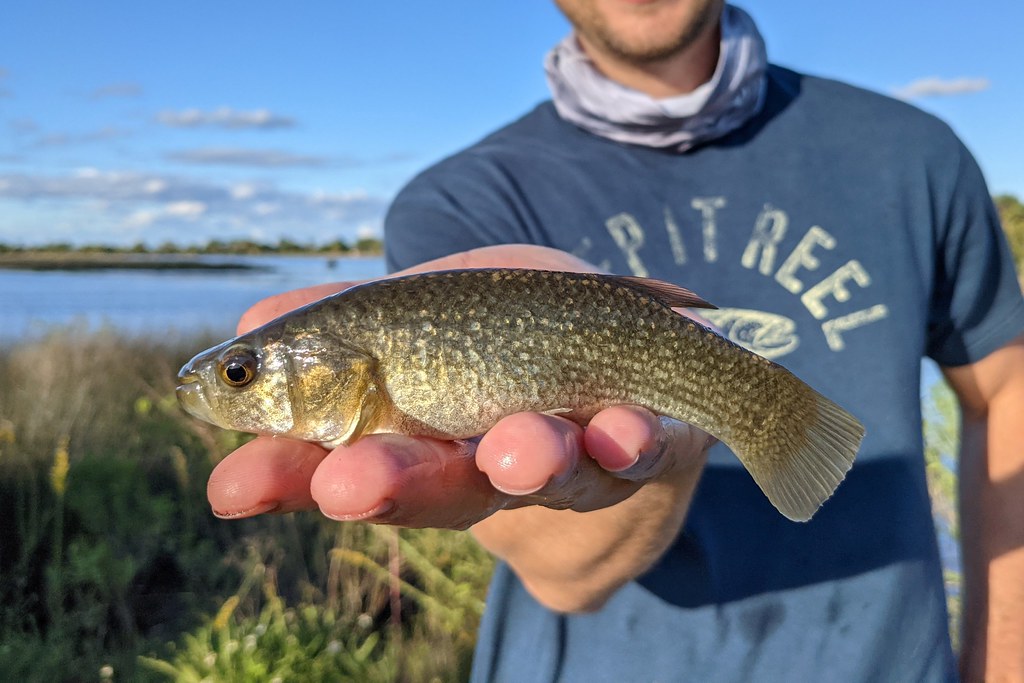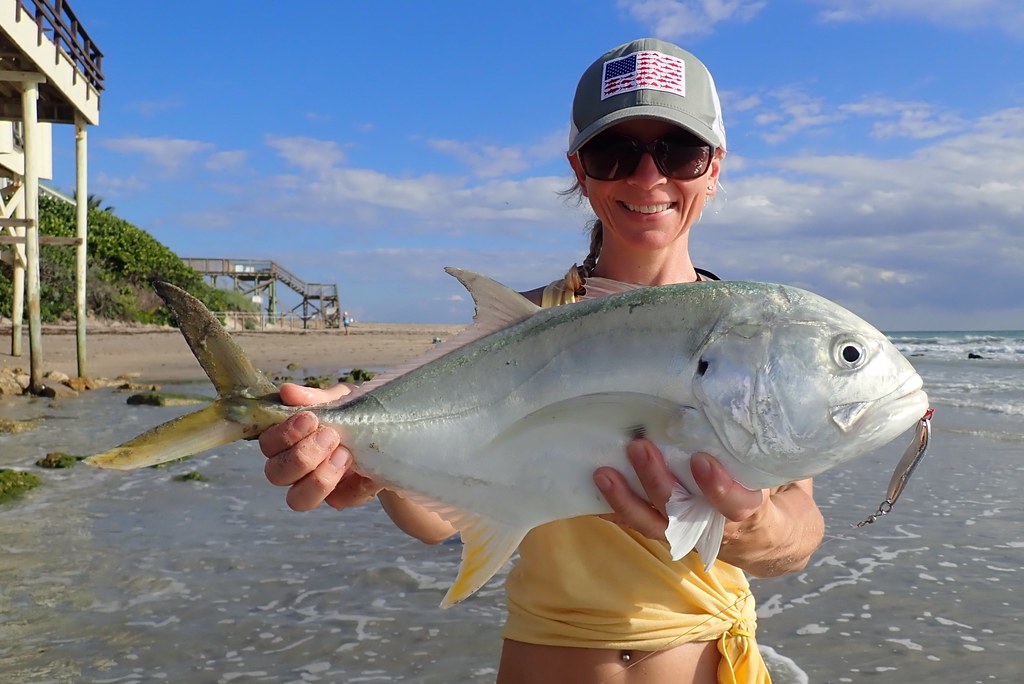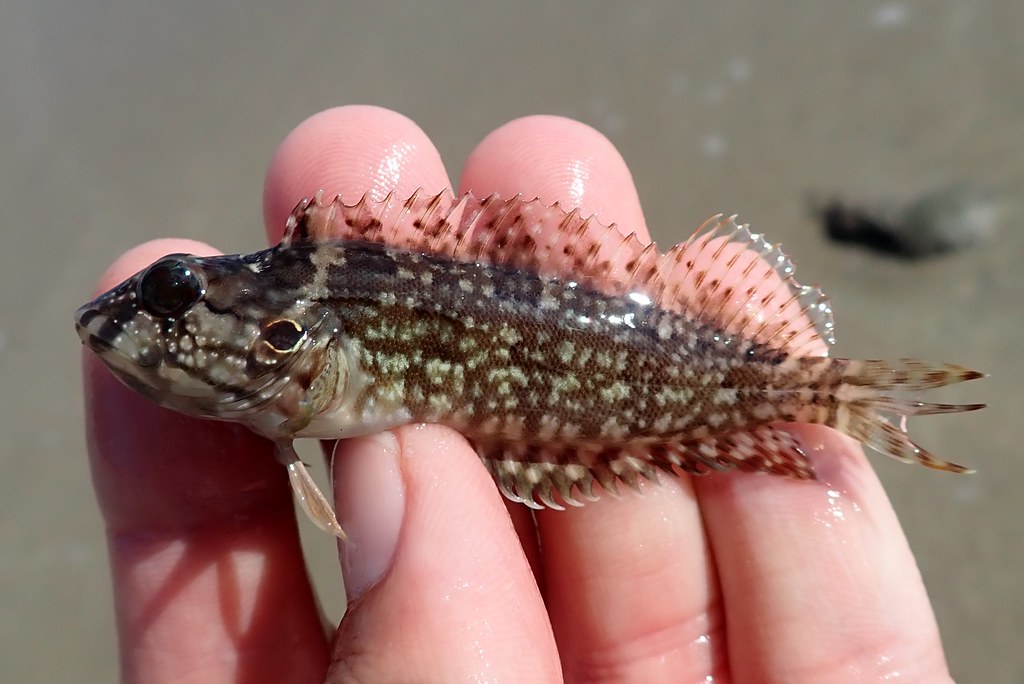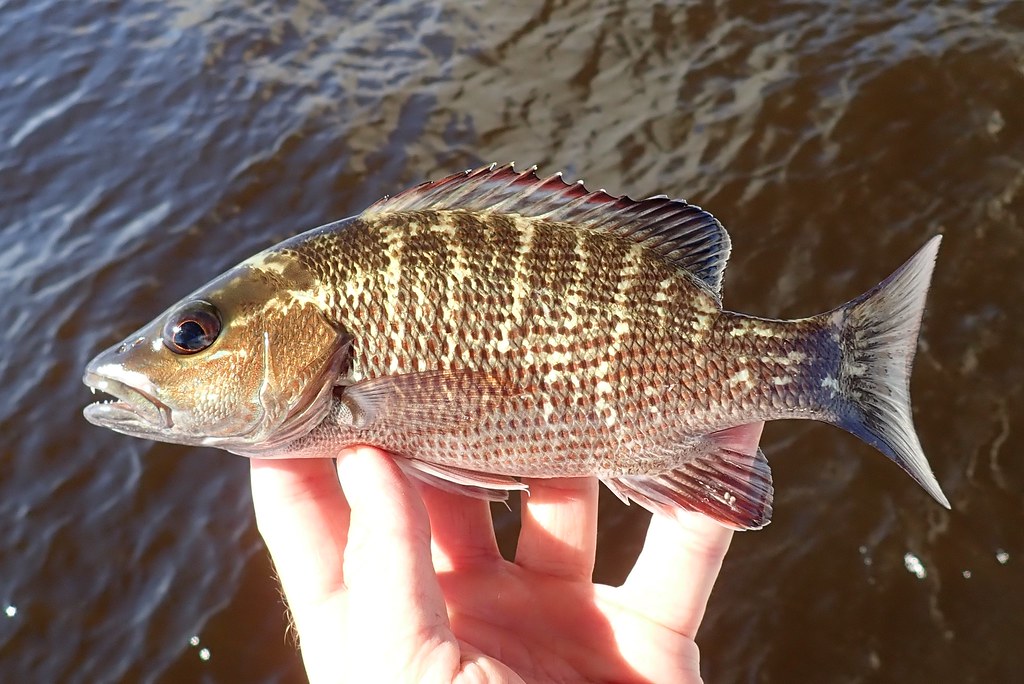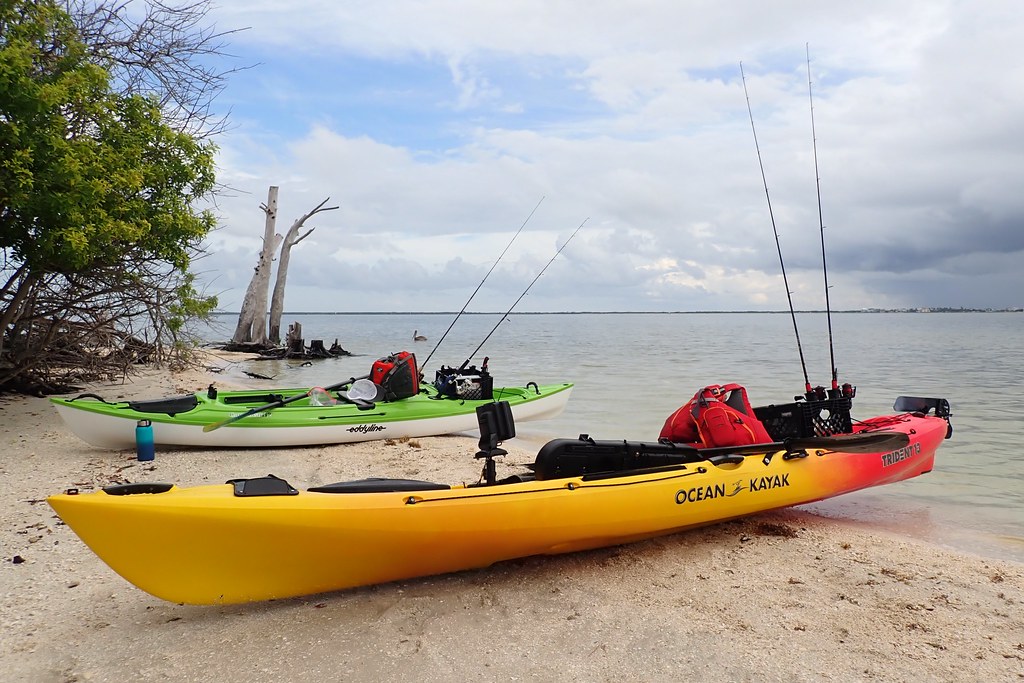On the third day of our North Florida road trip we ventured into the Osceola National Forest. This area is primarily pine forests with an abundance of tannic water ditches. Our targets were mud sunfish and banded sunfish, for both of us, and bluespotted sunfish for Ally.

I had some new hooks from TenkaraBum called Akita Kitsune that I wanted to try out, and they ended up being perfect for small sunfish. Their shape is similar to New Half Moon tanago hooks, but they're larger and have stronger snelled line. It was a cold morning, but as the sun came up the fish slowly started biting. My first two catches were bluespotted sunfish, and after that I caught several mud sunfish, a flier, and a nice warmouth. Ally caught the same except for the bluespotted sunfish. We were very excited to finally add mud sunfish to our lists! They're a cool fish.
Mud Sunfish (Acantharchus pomotis) - new hook & line species #794
Flier (Centrarchus macropterus)
Warmouth (Lepomis gulosus)
We had another spot marked for banded sunfish, so after a few hours we drove further into the forest to give it a try. I honestly enjoyed the fact that we lost our phone signals. It feels good to get off the beaten path from time to time! Several of the locals stopped to see what we were doing. An older gentleman in a beat-up pickup truck was excited to show us the spot on his chest where he recently had a catheter removed after he beat cancer. We were happy for him.
This spot had plenty of flier, but we explored a little further down the road and found a small pocket of open water surrounded by vegetation. It looked promising, and much to our delight we each caught a banded sunfish there. Now all we're missing from the Enneacanthus genus is blackbanded sunfish!
We spent more time than we planned fishing the first two spots, so we had to skip a couple of boat ramps to the west and head straight to our last stop of the day, St. Mark's Lighthouse. It's a very fishy looking area with easy access to saltwater, freshwater, and everything in between.
We started off fishing the lagoon next to the parking lot, which had nice clear water. It was full of sheepshead minnows and gulf killifish. The male pupfish had bright iridescent blue marking on their heads, which I was able to just barely capture in the photo below. The gulf killifish were the largest we've ever seen. The one I caught was easily half a pound!
Gulf Killifish (Fundulus grandis)
I saw one longnose killifish mixed in with the other fish, but I lost track of it before I could get a bait in the water. Striped killifish, their close relative, like being in pure saltwater, so I suggested that we walk over to the Gulf and try the shallow sand flats. The wind was pretty strong.
Small schools of killifish were swimming around in a few inches of water. They were indeed our target, longnose killifish, and we each caught a few of them.
I like to use a plastic tub to put our catches in when it would be difficult to photograph them in their natural habitat. We learned a hard lesson while we were catching the sheepshead minnows and gulf killifish - the local birds like to eat them! We made sure to keep the lid on the tub when we caught the longnose killifish. No more free snacks!
We spent the night in Perry and then drove home on the fourth day. We had a few extra hours to fish, so we stopped at the boat ramp on the Santa Fe River to try again for madtoms. We had seen a few of them on the second day, but we didn't give them our full attention. This time we didn't bother trying for Suwannee bass or spotted bullhead and focused exclusively on madtoms.
Madtoms can be very frustrating. I found a few of them, but they usually swam off until I couldn't keep track of them. Finally I found one that stayed in its hiding spot and immediately grabbed a bait when I put it in front of it. The two possibilities were tadpole madtom and speckled madtom, and I was very glad to see that it was the latter. My sixth new species of the trip!
Speckled Madtom (Noturus leptacanthus) - new hook & line species #797

Ally was able to hook a couple of madtoms, but both of them fell off before she could get them to hand. It was a painful way to end the trip, but sometimes that's how fishing goes. We'll be back in the spring when its warmer and the water is still low. The Santa Fe still has a half dozen or more species for us to work on. We can't wait to go back!

Ally was able to hook a couple of madtoms, but both of them fell off before she could get them to hand. It was a painful way to end the trip, but sometimes that's how fishing goes. We'll be back in the spring when its warmer and the water is still low. The Santa Fe still has a half dozen or more species for us to work on. We can't wait to go back!








